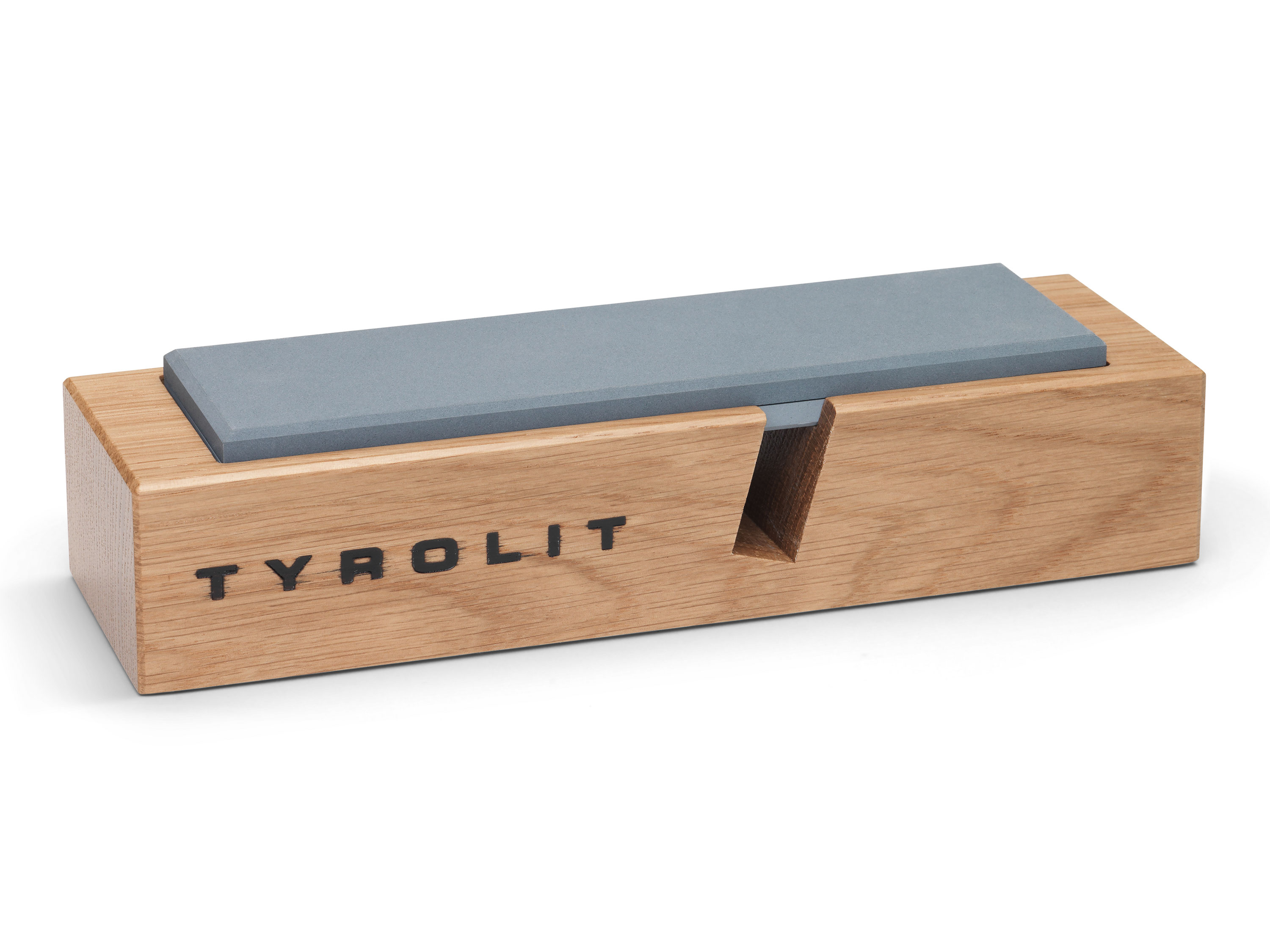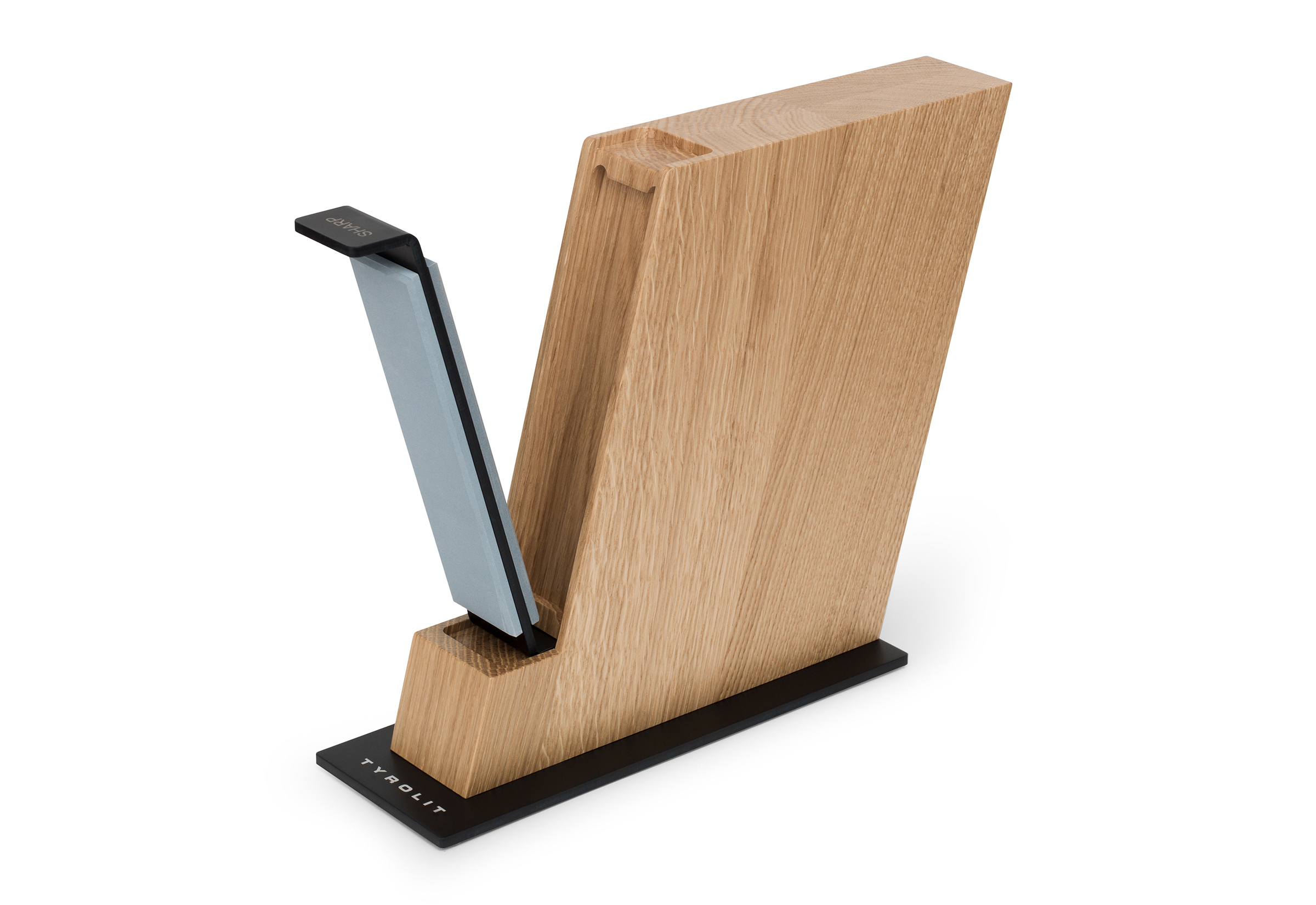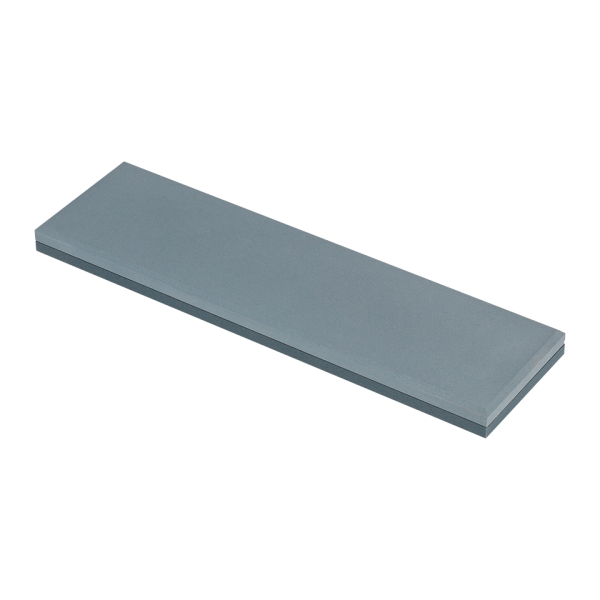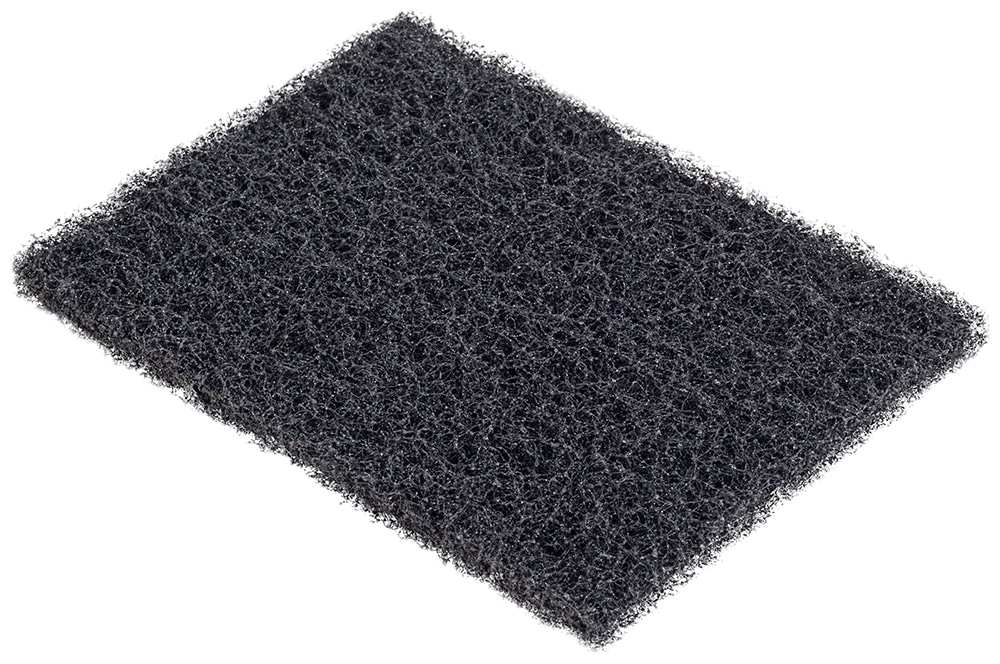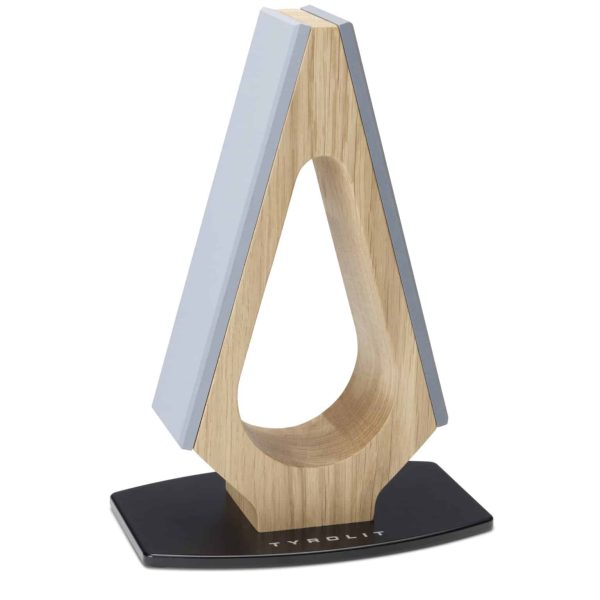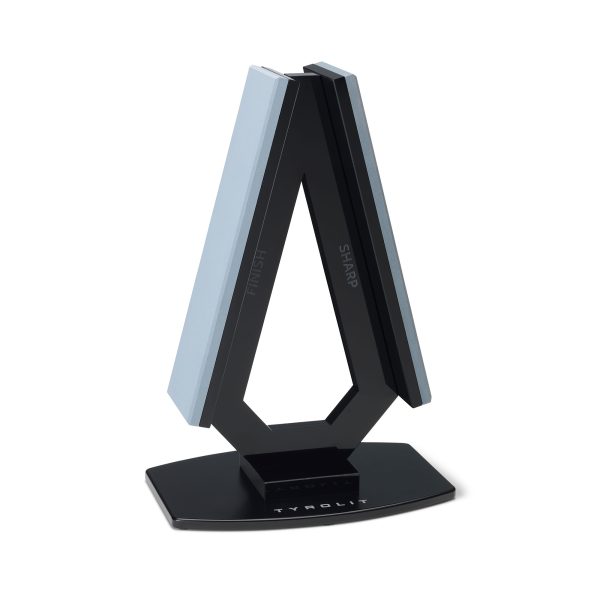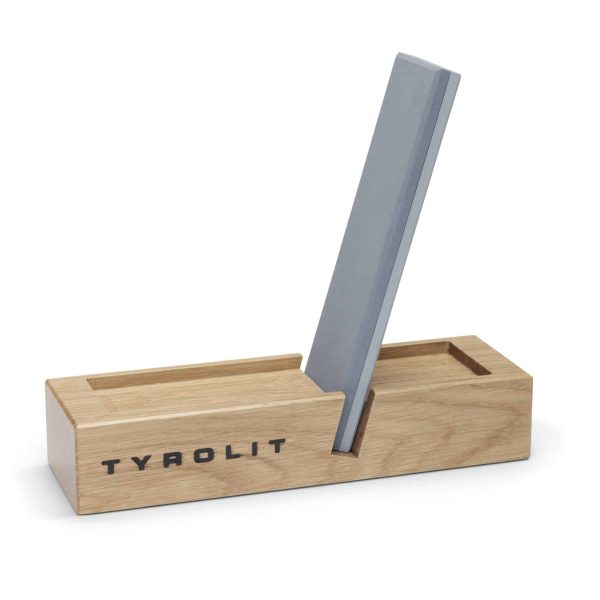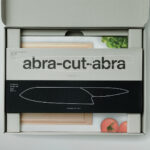Are knife sharpeners and whetstones becoming dull?

Knife sharpeners and whetstones can become dull over time and diminish in their sharpening effect. Therefore, not only the knives themselves, but also the whetstones with which they are sharpened, must be kept in good condition.
But do whetstones actually become dull, and if so, how can this be prevented? We’ll take a closer look at that in this post.
Knife sharpener: When will the whetstones become smooth?
Knife sharpeners are handy tools for sharpening kitchen knives quickly and effectively, and so they go back as far as the history of the knife itself.
Over time, it may occur that the whetstones in the sharpeners become smooth and lose their effectiveness. This can happen, among other things, due to the accumulation of metal particles that are worn away while sharpening knife blades. Additionally, the continuous contact with the blades can also cause whetstones to become smoother over time.
You will particularly notice that your whetstone is less effective during the sharpening process itself: if this takes an unusually long time, it may indicate that your knife sharpener requires attention.
Types of Whetstones – Materials, Shapes, and Uses
Choosing the right whetstone or sharpening stone is anything but trivial: it is only by regularly sharpening knives that they retain their sharpness. In order to provide an overview here, we will introduce you to different types of grinding stones in this article. In addition, we will show you how we at Tyrolit, as long-standing abrasive experts, have further developed the classic sharpening stone into our innovative knife sharpeners. Read more!
Smooth Whetstones and How to Prevent Them
Whetstones can become smooth and less effective over time, which impacts their grinding performance. An important consideration is the uniform use of the whetstones. During the grinding process, it’s crucial to utilize the entire surface of the whetstone to ensure even wear. This prevents specific areas of the stone from wearing down and becoming smooth more quickly
Additionally, it’s crucial to hold the knife at the right angle and to guide it along the whetstone in accordance with the blade’s shape. Depending on the need, selecting the appropriate grit of the whetstone is also vital. Although it is possible to sharpen extremely dull blades to a certain extent with a fine grit, this process is significantly longer and more demanding on the stone compared to opting for a coarser grit right away.
To avoid these mistakes, manufacturers of abrasives have developed products that are easy to use for both hobby and professional cooks. Tyrolit Life, for example, provides its knife sharpeners with whetstones in two different grits (400 and 800). This allows you to do both rough and fine grinding with just one tool. In addition, they come with a preset angle of 15 degrees, which is considered an ideal sharpening angle for most European knife types.
One of the most important measures to keep whetstones effective is cleaning. As knives are sharpened, metal particles and grinding dust accumulate in the stone’s pores, leading to an increasingly smoother surface.
By regularly cleaning the whetstones with water and a soft brush, these residues can be removed. This helps to restore the rough surface of the stone and maintain its abrasive power. In addition, special abrasive fleece can be used to treat the surface of the stones.
Abrasive fleece from Tyrolit Life – for knife sharpeners in top form
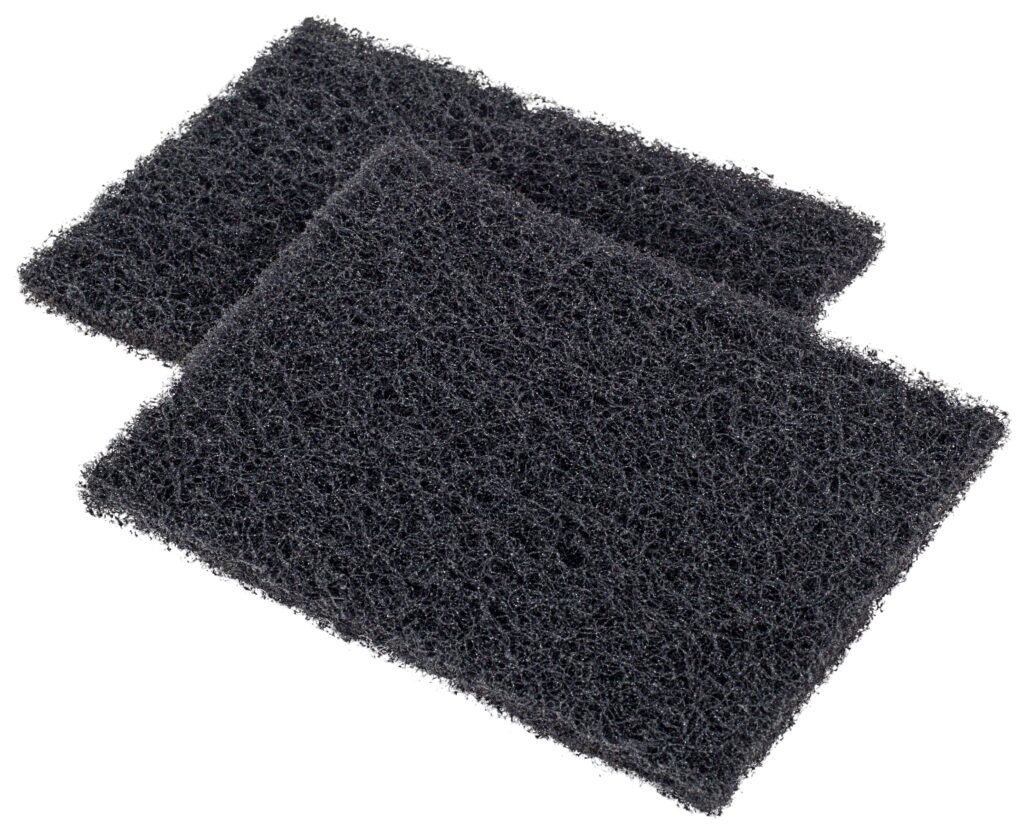
The abrasive fleece from Tyrolit Life serves as a practical tool for the care of whetstones and knife sharpeners. This fleece removes stubborn deposits, thereby roughening the surface of the whetstones to restore their original grinding power. It is effective on both standalone whetstones and those integrated into Tyrolit Life’s knife sharpeners, cutting boards, and knife blocks.
The fleece can be used both dry and wet and can be applied to various materials, provided their surfaces permit it. Thus, it is suitable not only for maintaining whetstones but also for derusting ski edges, sled runners, and garden tools. Uncoated cookware, as well as uncoated stainless steel grills, can be cleaned with it, and it can effectively roughen wood and varnishes as well.
FAQs
How long does a whetstone last?
Do knife sharpeners become dull?
Why do you need to wet a whetstone?

